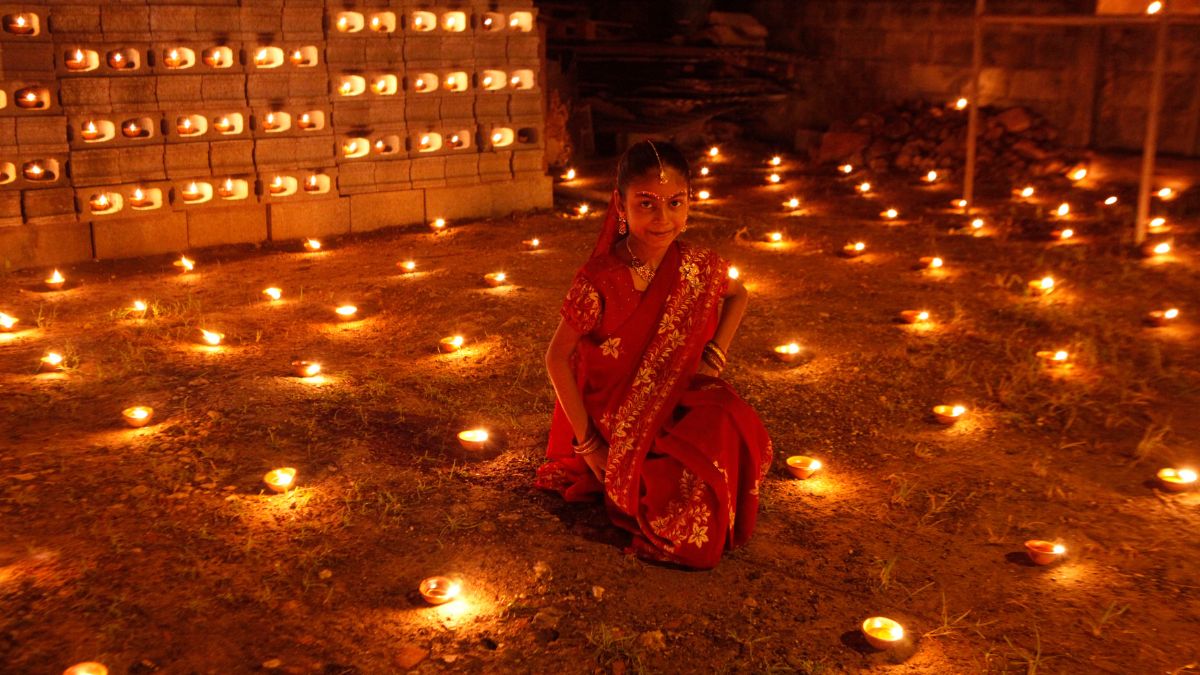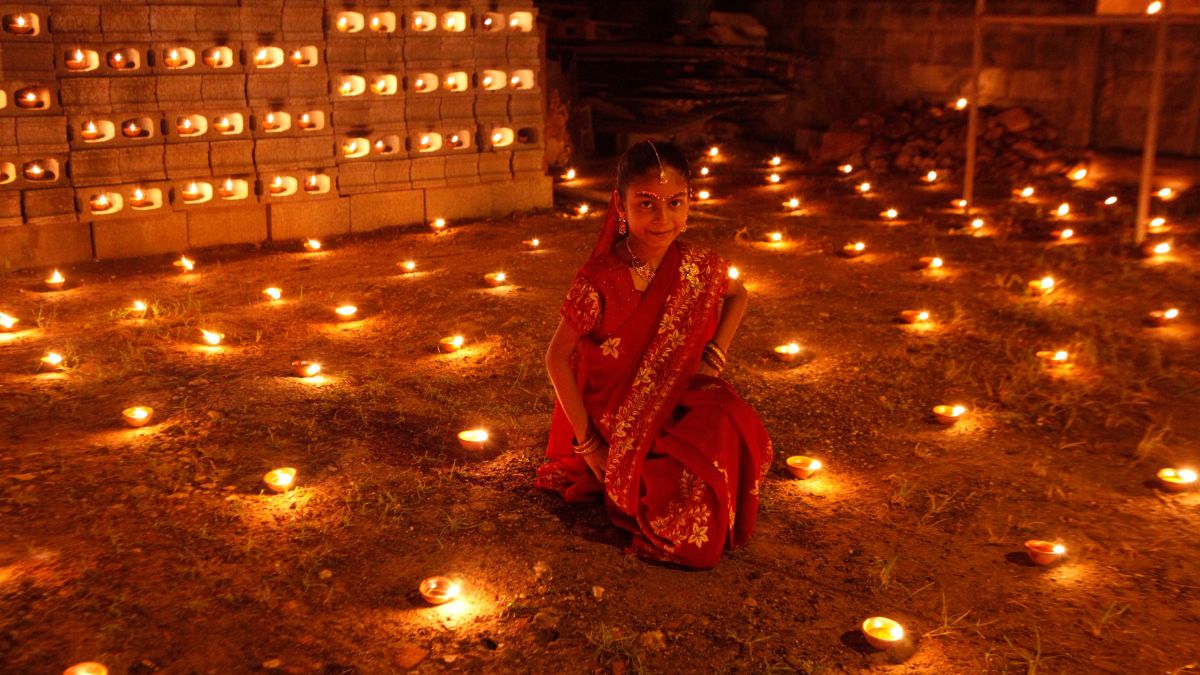To live and work in the houses designed by one of the pioneers of modern architecture, Le Corbusier, across twelve countries, is perhaps a must in the bucket list of architects and artists. Well, a Sardinian artist, Cristian Chironi, is living this dream, while an Italian art collector pays for his “live performance art” project titled “My House is a Le Corbusier”. He will be travelling the world to experience Corbusier, in the houses built by him for twelve years.
[caption id=“attachment_4239939” align=“alignnone” width=“825”] Cristian Chironi[/caption]
By the end of twelve years, when Chironi might have greyed a bit, he would have lived in 30 houses built by Corbusier, across continents— living and creating art— and producing visual and textual documentations. Chironi’s exploration and documentation of Corbusier’s houses, buildings, museums, industrial projects and townships—would also feature people, now occupying these spaces. The changing interface between man and space, an essential aspect of this art project, is to be explored using Le Corbusier as a tool.
The hallmark of Corbusier’s architecture— simplicity and functionality— is evident in the humble office used by him in Sector 9, Chandigarh. It has now been turned into Corbusier Museum and showcases his paintings, tapestries, models and design plans. Amidst these is his quote, “ Architecture is the masterly, correct and magnificent play of form in light.” It explains what drew Chironi to his concrete masterpieces.
“To live in his house is to occupy a work of art,” says Chironi, the new resident of #57, in sector 5, Chandigarh. Corbusier never built a house for himself in Chandigarh, the only complete township for which he got to prepare a masterplan. He even designed a few prominent buildings like the High Court and Capitol Complex, which have now been declared as modern heritage buildings by the UNESCO. For the duration of the making of Chandigarh, he used to live at his cousin, Pierre Jeanneret’s house. Jeanneret’s buildings and designs too are equally celebrated. Chironi has occupied the room on the first floor where Corbusier used to live in this house.
[caption id=“attachment_4239941” align=“alignnone” width=“825”] Le Corbusier and Pierre Jeanneret at Chandigarh’s Sukhna Lake[/caption]
Before coming to Chandigarh, Chironi has lived in Corbusier houses in Argentina, France and Italy, where he would invite people over a cup of coffee and talk about the changing aspects of space and life. The houses retain their humanity, even though a lot has changed outside, he remarks. For example, in France, it’s hard to locate his studio apartment in rue Nungesser et Coli as it’s kind of lost in the streets. While at Maison Curutchet, Argentina, the large windows (known as ribbon windows) became a metaphor for him. He could look outside and outsiders could look in. “This was truly a house of humanity, open, like the emblem of open hand he used for Chandigarh,” he says.
The house becomes a metaphor — for both stability and mobility — to invite people who live and leave. But, as he steps in Chandigarh, his perspective changes. The Corbusier houses in Italy, France and Argentina offered a space for humanity within the crowded cities but the entire city of Chandigarh is his creation; the city is a house, so to say. Hence, in Chandigarh, he visits people outside the four walls of home. The city folk invite him as the spaces perturb him by the changes taking place — defying the masterplan of the master architect. The walls are being plastered, the open spaces are reduced by construction of walls, and worse, many of his buildings now have separate entrance doors for the servants, gardeners and the guests. “Living in Chandigarh is living inside an art work. By changing the basic plan, the city is changing an art work, can you make changes in a canvas?“ he rues.
[caption id=“attachment_4239937” align=“alignnone” width=“825”] Chironi at Le Corbusier’s Pavillon de l’Esprit Nouveau in Paris[/caption]
Chironi hasn’t visited his neighbours in the posh Sector 5 as he finds them “boring.” He would rather meet people at Sukhna Lake, in Kharar, a satellite town and at the Chandigarh College of Art, where he finds material for his art. People show him the spots where the light and space — the sacred aspects of Corbusier work — are fading. “I’m also shocked at the living condition of the poor in a city that was conceived like poetry.” The northern sectors, like Sector 5, house spacious bungalows while southern sectors are crowded and ill maintained. The class divide in the sectors defies the very concept of space, humanity and openness as envisaged by Corbusier. Did Corbusier commission the class divide in Chandigarh plan or was it commissioned to him? Does it call for refiguring and reconsidering his legacy and architecture in today’s context? The artist hopes to explore.
The living art project was conceived in 2014, at a time of market instability and high mortgage rates; it treats architecture as social theory with Le Corbusier as its modern progenitor, bartering for the right to live for free, within the celebrated walls, reflecting in an arbitrary manner the way space is valued and allocated on a global scale.
Chironi will hold an exhibition, based on his Chandigarh experience in Pierre Jeanneret Museum, showcasing photographs, videos, collages and landscapes etc. He will live in Chandigarh till 8 December before he leaves to occupy yet another house of Corbusier in Germany in 2018.


)
)
)
)
)
)
)
)
)



